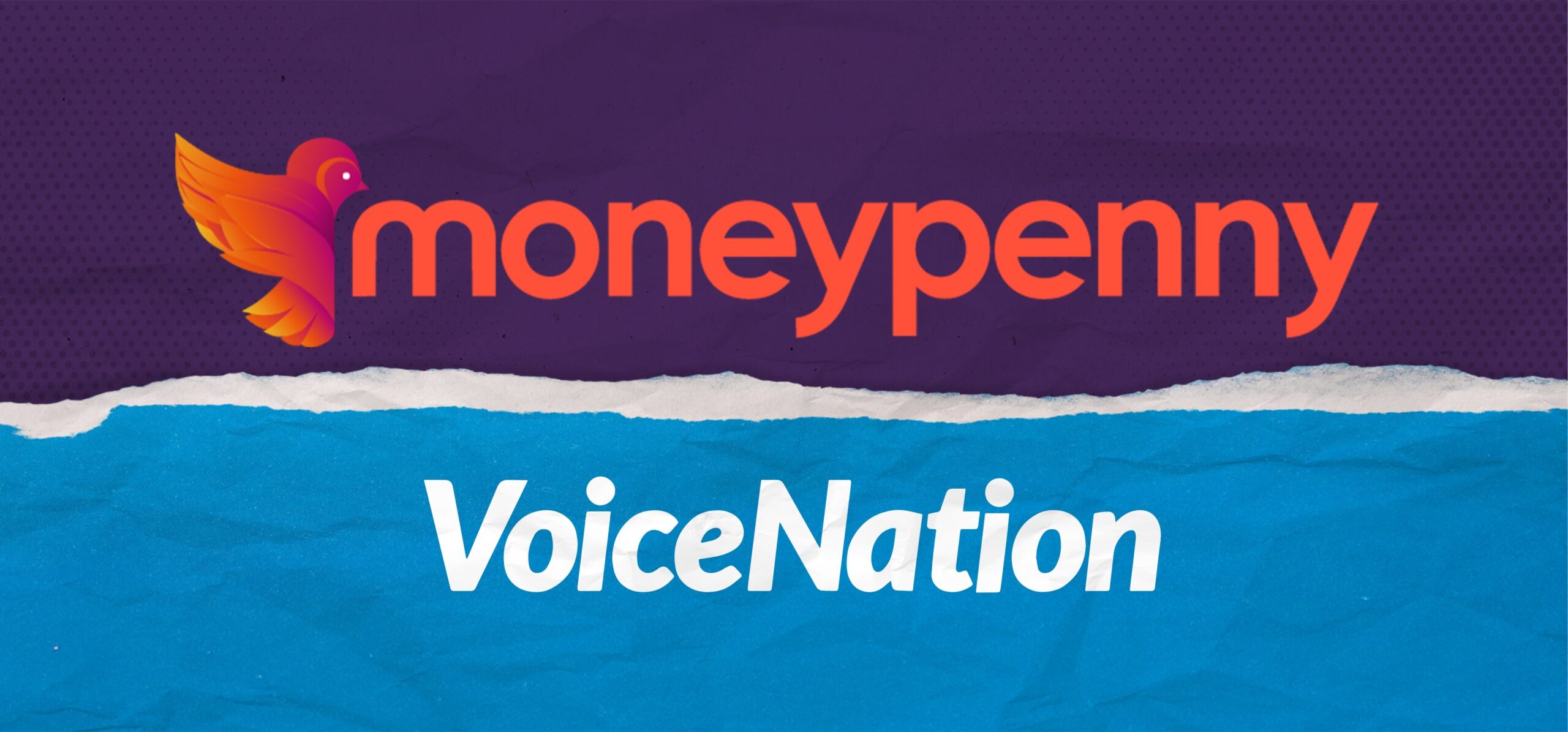For orthopedic, dental, primary care, dermatology, and pediatrics clinics, demand doesn’t remain constant year-round. Patient inquiries and appointment requests often arrive in waves, driven by seasonal patterns. The most successful healthcare providers aren’t caught off guard – they anticipate these busy periods and prepare with a smart, scalable communication strategy.
Why seasonal peaks matter in healthcare
Just like other industries, healthcare experiences clear seasonal surges – and spring and summer are peak times for several specialties:
Pediatrics
School breaks and summer camps lead to more illness and injuries, driving increased patient intake during these months.
Dermatology
Warmer weather brings heightened demand for skin checks, acne treatments, and cosmetic dermatology.
Orthopedics
Sports-related injuries rise sharply as outdoor activities and organized athletics resume.
Dental
Summer sees a rise in dental emergencies, often tied to recreational accidents – 70% of dental trauma from sports occurs outside standard office hours.
Primary care
Allergy season and travel-related health needs drive spikes in patient inquiries.
The cost of not being there for your patients
Patients today expect fast, frictionless responses. When your practice is unreachable, the consequences are immediate and costly:
- 60% of patients abandon a call if placed on hold for more than one minute
- 13% won’t wait at all – they’ll hang up immediately
- 23.2% find it difficult to reach their provider by phone
With an average missed call value of $200, a practice missing just 20 calls per day could be losing $120,000 per month, totalling $1.45 million per year.
And this doesn’t even account for missed digital inquiries. If your website is only a digital brochure, it’s costing you more than you think. Investing in tools like managed Live Chat and a medical answering service ensures you’re always available when patients need you most.
Proactive call strategy: how to turn surges into success
Here’s how healthcare practices can prepare for busy seasons and improve both revenue and patient experience:
Plan ahead for seasonal trends
Use historical data to predict demand spikes – from allergy flare-ups to vacation travel consultations – and staff accordingly.
Route calls efficiently
Ensure inquiries are directed to the right department or on-call provider even outside regular hours.
Prioritize urgent inquiries
Route dental emergencies, allergic reactions, and injuries to clinical staff without delay.
Standardize responses with custom scripts
Ensure all staff – and your answering service – deliver consistent, clear responses for common seasonal concerns.
Follow-up across channels
Implement a structured system for patient follow-ups via text, email, or callback to increase bookings.
Support bilingual patients
With over 42 million Spanish speakers in the U.S., bilingual patient intake is essential for inclusivity and compliance.
Smarter call handling with a virtual receptionist
A virtual receptionist can be a game-changer during busy periods – and all year round:
- Efficient overflow management – Never miss a patient inquiry, even when front-desk staff are busy or out.
- After-hours coverage – Ensure consistent care during evenings, weekends, and holidays.
- Prioritized call triaging – Send urgent cases straight to the right provider.
- Tailored scripts – Professional, on-brand responses to seasonal queries.
- Bilingual support – Cater to a broader patient base with seamless language accessibility.
- Cross-channel scheduling & follow-up – Secure appointments through phone, chat, or SMS.
To explore these benefits further, check out Why hire a virtual receptionist for your medical practice and Does my medical practice need an after-hours answering service?
What to do next
Start by auditing your existing communication systems:
- Analyze call logs: Look for call volume, hold times, and missed calls during previous peak seasons.
- Review digital inquiries: Check your site’s responsiveness and how often patient queries go unanswered.
- Evaluate staff coverage: Can your team realistically manage a surge in calls and walk-ins?
Then, integrate a 24/7 answering service or virtual receptionist to fill the gaps and ensure every patient inquiry is captured.
Introducing Moneypenny
Every missed call is a missed opportunity – especially during seasonal peaks when patient needs are highest. With a proactive strategy and the right support in place, your practice can:
- Improve patient experience
- Capture more revenue
- Deliver exceptional care consistently
Explore how Moneypenny’s Medical Answering Service can help you stay responsive, efficient, and ready for whatever the season brings. Want to dive deeper? Download our free guide, “Preparing your healthcare practice for seasonal peaks in demand” today.
Explore our call handling services for medical practices and ensure you’re prepared for every season, starting now.



















